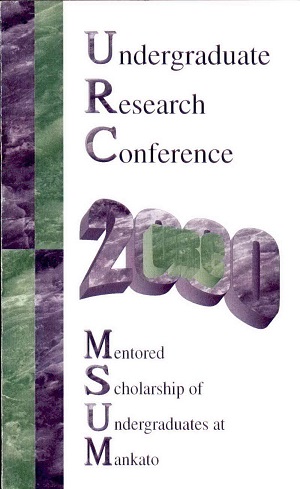Forensic Anthropology and Its Uses
Location
CSU
Student's Major
Anthropology
Student's College
Social and Behavioral Sciences
Mentor's Name
Paul Brown
Mentor's Department
Anthropology
Mentor's College
Social and Behavioral Sciences
Description
On occasion archaeological digs unearth human remains, as do police and law enforcement during certain cases. Many times bones, or fragments of bone, are the only things left of a person. These remains need to be studied to determine answers to various questions pertaining to age, gender, cause of death, etc. Answering these questions requires a great deal of knowledge of the human skeleton, as well as the types of measurements to take. In this presentation, I will discuss the types of instruments used in a forensic examination. I also will discuss how gender, age, and other information of a skeleton are obtained, as well as the different uses for Forensic Anthropology.
Forensic Anthropology and Its Uses
CSU
On occasion archaeological digs unearth human remains, as do police and law enforcement during certain cases. Many times bones, or fragments of bone, are the only things left of a person. These remains need to be studied to determine answers to various questions pertaining to age, gender, cause of death, etc. Answering these questions requires a great deal of knowledge of the human skeleton, as well as the types of measurements to take. In this presentation, I will discuss the types of instruments used in a forensic examination. I also will discuss how gender, age, and other information of a skeleton are obtained, as well as the different uses for Forensic Anthropology.




